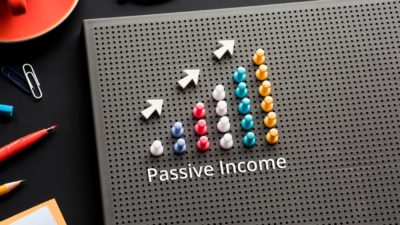GlaxoSmithKline (LSE: GSK) (NYSE: GSK.US) confirmed this morning that the three-part asset swap deal agreed with Novartis last year has completed.
For GlaxoSmithKline, this means net post-tax profits of $7.8bn — and the firm has confirmed that most of this will be returned to Glaxo shareholders, via a £4bn capital return scheme.
In my view, it’s good news all round and reinforces the buy case for GlaxoSmithKline, which I believe is currently a more attractive buy than its UK peer AstraZeneca.
Short-term cash
In the short term, Glaxo shareholders can look forward to an 82p per share capital return. The company confirmed today that this will take place via a B share scheme.
This means that Glaxo will issue a special class of new shares to shareholders, and then repurchase those shares immediately, leaving each shareholder with a lump sum of cash in their broking accounts that will be treated, for tax purposes, as a capital gain.
At today’s share price, Glaxo shareholders should enjoy a total cash yield of nearly 11% on their shares in 2015, when the firm’s regular dividend is factored in.
Long-term growth
Glaxo’s transaction with Novartis has three strands, and is designed to strengthen both firms’ positions in their strongest markets.
Glaxo has locked in a big profit on its Oncology treatments by selling them to Novartis — a big player in Oncology — for $16bn.
Similarly, Novartis has sold its vaccine portfolio to GlaxoSmithKline, strengthening one of the British firm’s key divisions. Vaccine sales delivered a 35% operating margin last year, but sales were just £3.2bn from a total of £23bn. Adding a new range of vaccines should enable Glaxo to scale up sales of these very profitable products.
The final element of the deal was for Novartis and GlaxoSmithKline to combine their consumer healthcare divisions.
Among Glaxo’s current consumer healthcare brands are Panadol, NiQuitin, Aquafresh and Beechams. Novartis has a similar range of popular, strongly-branded products. Although profit margins are lower — around 15% — these products provide stable long-term income, as consumers tend to be very loyal to particular brands.
A pretty picture
Although GlaxoSmithKline shares are not obviously cheap, on a 2015 forecast P/E of 16.5, the firm’s 5% regular yield provides a good reason to hold.
I believe the completion of the Novartis deal positions the firm for a new cycle of growth, confirming Glaxo’s appeal as a long-term buy and hold stock.







